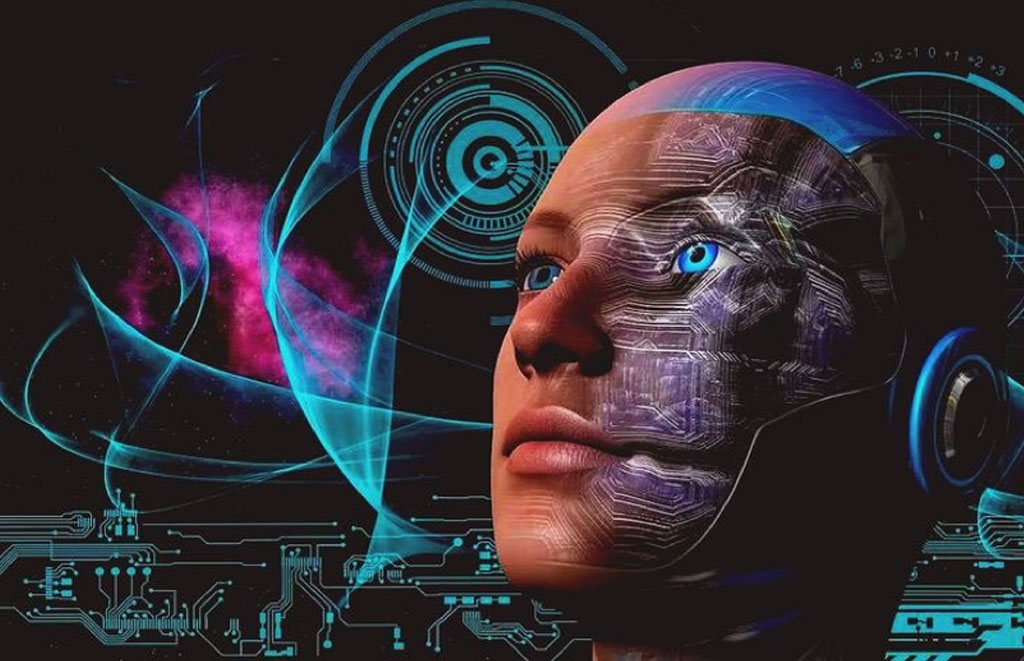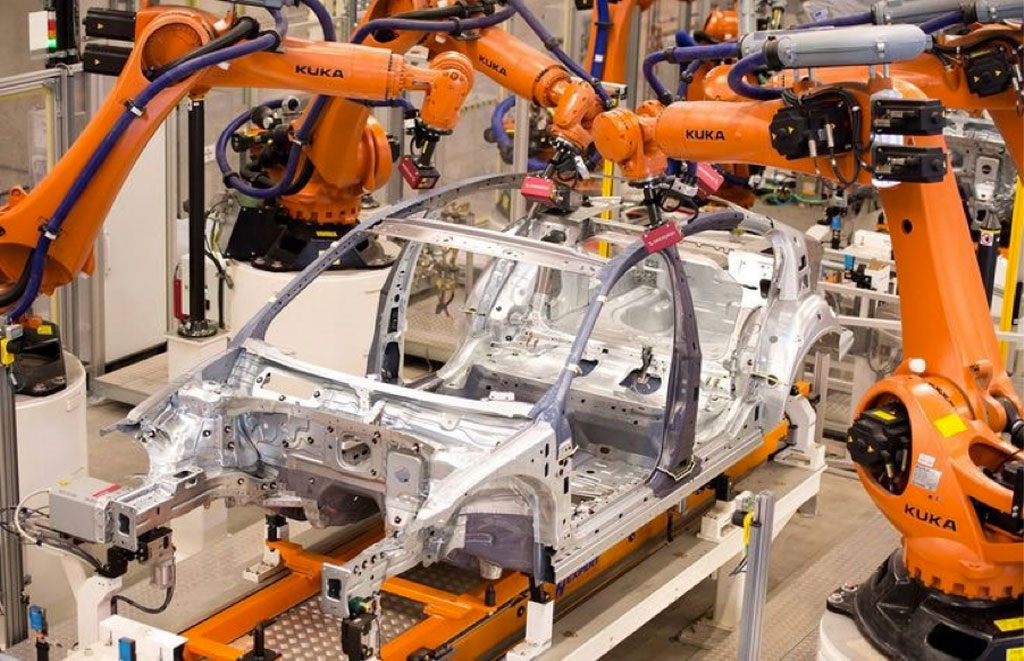
The Future Trends of Component-Driven Technology Applications
Adopters of AI Will Outperform Non-Adopters, Instead of AI Replacing Workers.
In a constantly evolving technological world, Artificial Intelligence (AI) has emerged as a dominant topic, marking its presence and influence across every industry globally. From financial services to healthcare, from tourism to manufacturing, AI is not only an indispensable part of organizational development strategies but also the key to unlocking the doors to the future, where innovation never sleeps and competition unfolds every second.
According to IDC's report, there's a clear picture of robust growth in AI, with predictions indicating that AI spending in the Asia-Pacific region will skyrocket to $78.4 billion by 2027. This not only reflects a shift towards leveraging advanced technology to reimagine operations, enhance customer experiences, and maintain a competitive edge in a volatile market but also demonstrates an impressive compound annual growth rate (CAGR) of 25.5% from 2022 to 2027.
IBM, one of the leading companies in the technology sector, has set its sights on supporting enterprises to maximize the benefits of applying and digitizing with AI by 2024.
IBM, one of the leading companies in the technology sector, has set its sights on supporting enterprises to maximize the benefits of applying and digitizing with AI by 2024. IBM forecasts that AI will witness exponential growth, multiplying by 3.5 times by 2025. To achieve this goal, IBM believes that five key technology trends will play a crucial role in differentiating organizations in 2024, promising to open up a future full of promise and innovation for the tech world.
The three leading technological trends that are reshaping this industry.
In the rapidly evolving landscape of technology, the electronic components industry is witnessing significant strides forward, with each new technology presenting both opportunities and challenges. Below is a closer look at three leading technological trends that are reshaping this industry:

Nanotechnologies and Ultra-Small Components
Nanotechnologies are revolutionizing the components industry by producing ultra-small devices with high efficiency. These components, from electronic circuits to sensors, are sized in nanometers, allowing them to be seamlessly integrated into extremely limited spaces without compromising performance. The widespread application of nanotechnologies in component manufacturing not only minimizes size and energy consumption but also enhances the ability to perform complex tasks. This opens the door to wearable electronic devices, such as smartwatches and high-precision medical devices, contributing to improved health monitoring capabilities and enhancing overall quality of life.
Artificial Intelligence and Machine Learning
AI and ML aren't just hot keywords in the tech industry; they play a crucial role in advancing and enhancing electronic components. AI and ML algorithms enable components to learn from data, automatically improving over time without direct human intervention. The integration of AI with components not only significantly enhances performance and reliability but also enables the automation of manufacturing processes, thereby creating smarter, self-adjusting products that respond to their surroundings. AI and ML also open up new possibilities for developing systems to identify, analyze, and process complex information quickly and accurately.
The Internet of Things (IoT) and Continuous Connectivity
IoT is reshaping how we interact with the world by connecting everything to the internet, creating a continuous network of information. Smart electronic components capable of connecting and communicating with each other form the foundation of IoT development. This enhanced connectivity not only improves the efficiency and utility of devices but also enables resource management, monitoring, and automatic control of systems in homes and industries. This results in intelligent systems capable of efficiently collecting, analyzing, and sharing data, leading not only to smart homes but also smart cities where everything from streetlights to transportation systems can be optimized to enhance quality of life and minimize environmental impact.
